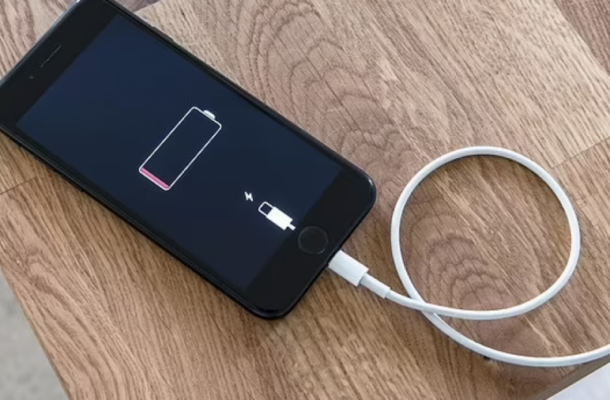Discover the groundbreaking move by the EU to standardize charging with USB-C for all electronic devices by 2024. Learn about the impact on e-waste reduction and the consumer's ability to choose chargers separately.
Introduction: In a monumental leap towards technological uniformity, the European Union (EU) has set a transformative deadline—by the close of 2024, every phone, digital camera, headphone, speaker, keyboard, and navigation system sold within its borders must feature a universal USB-C charging port. This momentous shift, revealed by the Slovenian Ministry of Economy, Tourism, and Sports, signifies a paradigm change not only in device compatibility but also in the EU's commitment to sustainability. The scope extends further, as by 2026, laptops will join the ranks of devices adhering to this universal charging standard.
Advancing Technology: A Universal USB-C Future
As we approach the end of 2024, a universal USB-C charging port will become the standard for an array of electronic gadgets. This mandatory regulation marks a historic step towards simplifying the charging landscape for consumers across the EU. From smartphones to digital cameras, and even navigation systems, every device will sport the same USB-C interface, fostering a seamless and convenient charging experience.
A Green Revolution: EU's Commitment to E-Waste Reduction
The driving force behind this transformative move is the EU's overarching commitment to curbing electronic waste. As the world grapples with the environmental repercussions of technology consumption, the EU is taking a lead by standardizing chargers. This initiative not only streamlines the charging process but also aims to reduce the overall environmental impact of discarded charging cables and adapters.
Consumer Empowerment: Choose Your Charger, Choose Your Device
Adding a consumer-centric twist, the EU has granted the option to purchase electronic devices without accompanying chargers. This move empowers buyers to make environmentally conscious decisions, aligning with their preferences and needs. With chargers available as standalone products, consumers can opt for the most suitable charging solution for their devices, reducing unnecessary clutter and waste.
Labeling the Future: Specifications for Charging Capacities
In a bid to enhance transparency, a labeling system will accompany electronic devices, detailing charging specifications. This label will provide valuable information on the minimum and maximum power required for efficient charging. Consumers can make informed choices, ensuring compatibility and optimizing the lifespan of their devices.
Legislative Milestones: Enforcement Dates
The comprehensive legislation is set to take effect on 28th December 2024 for a wide range of electronic devices and will extend to laptops by 28th April 2026. These deadlines signal a commitment to a smooth transition, allowing manufacturers and consumers alike to adapt to the new standards gradually.
In conclusion, the EU's ambitious move towards a universal USB-C charging standard is poised to reshape the technological landscape. This initiative not only addresses the growing concern of e-waste but also grants consumers greater control over their electronic choices. As the world watches, the EU takes a bold step towards a more sustainable and interconnected digital future.


Comments